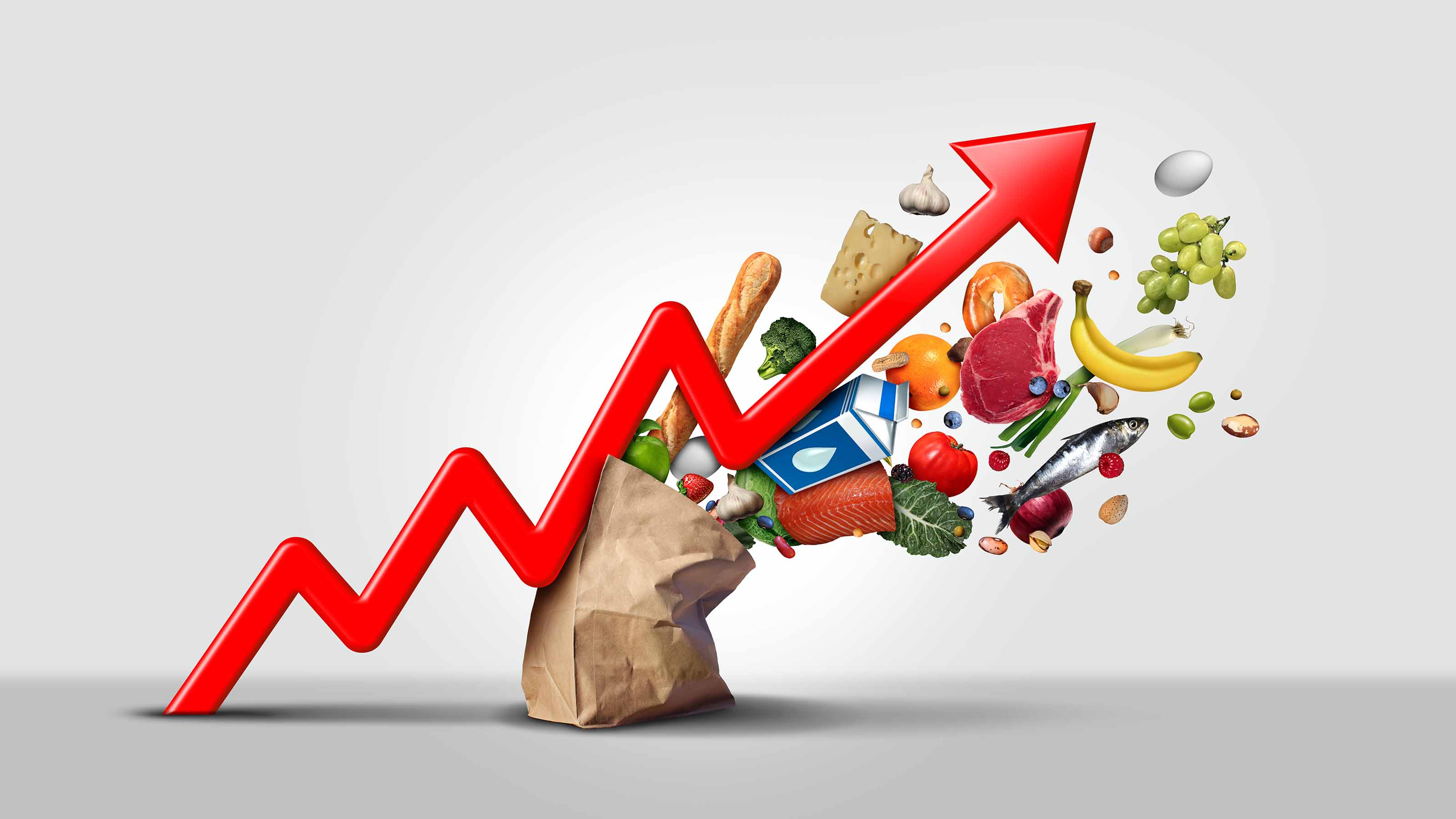
Food prices are fundamental to our personal wealth and the wider economy. As we all need to buy food, the impact of price changes has a material impact on our personal finances.
To help you learn more about how food prices are changing, and the reason behind those movements, our highly knowledgeable Kiplinger Letter team will update you on all the important events and data (Get a free issue of The Kiplinger Letter or subscribe). Here’s the latest forecast…
Food prices fell in March for the first time since 2020, a 0.3% decline, compared with a 0.3% increase in Feb.
Major categories where prices fell include meat, poultry, fish and eggs (-1.4%), fruits and vegetables (-1.3%), fats and oils (-0.6%), and dairy and related products (-0.1%).
Individual categories that saw the biggest declines include eggs (-10.9%), lettuce (-5.7%) and ham (-5.1%).
But note that food prices are still up 8.5% over the previous year. Prices of eggs, the biggest decliner for the month, are up a whopping 36% year-over-year.
In other words, even if the slowdown in inflation continues through year-end, prices of many supermarket staples could remain elevated. Note that pressures persist throughout the agricultural supply chain, including high labor and feed costs.
This forecast first appeared in the The Kiplinger Letter. Since 1925, the Letter has helped millions of business executives and investors profit by providing reliable forecasts on business and the economy, as well as what to expect from Washington. Get a free issue of The Kiplinger Letter or subscribe.







